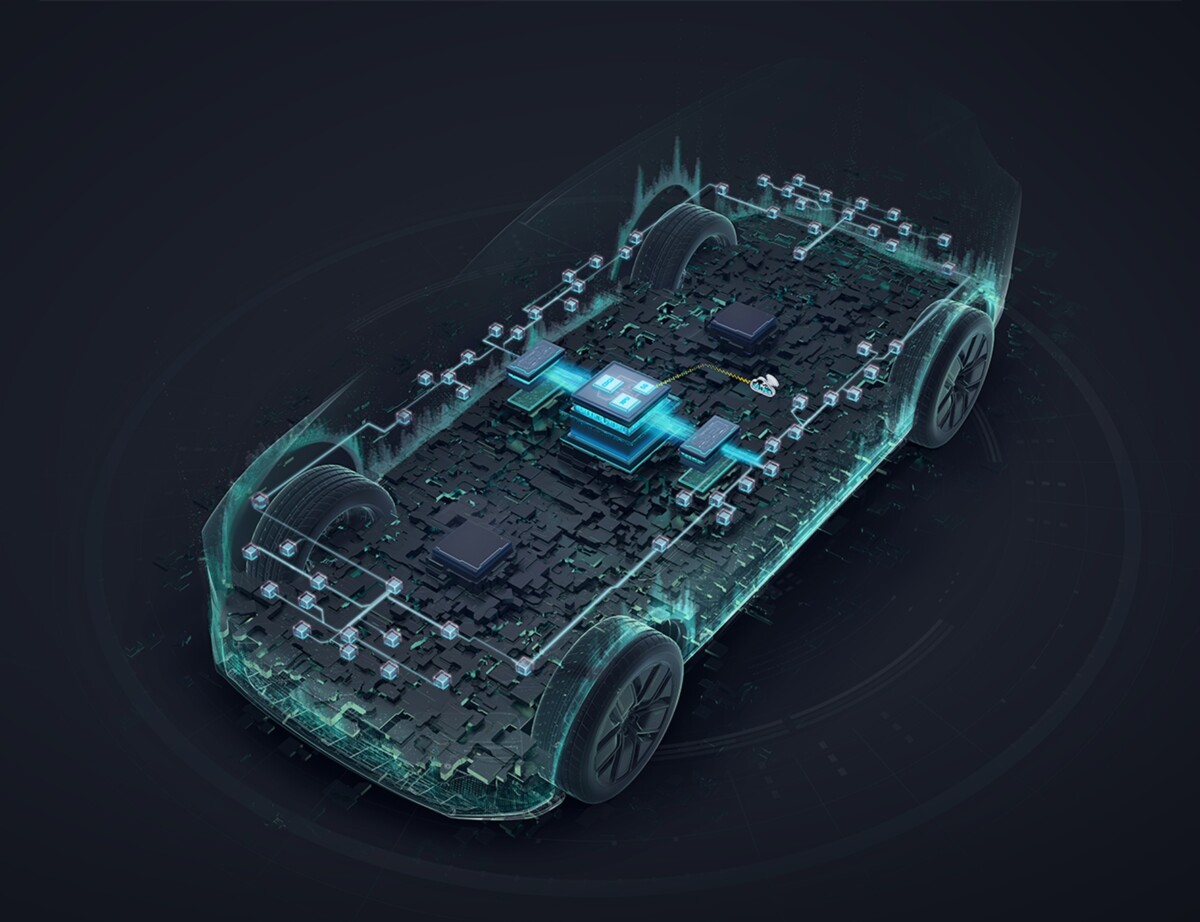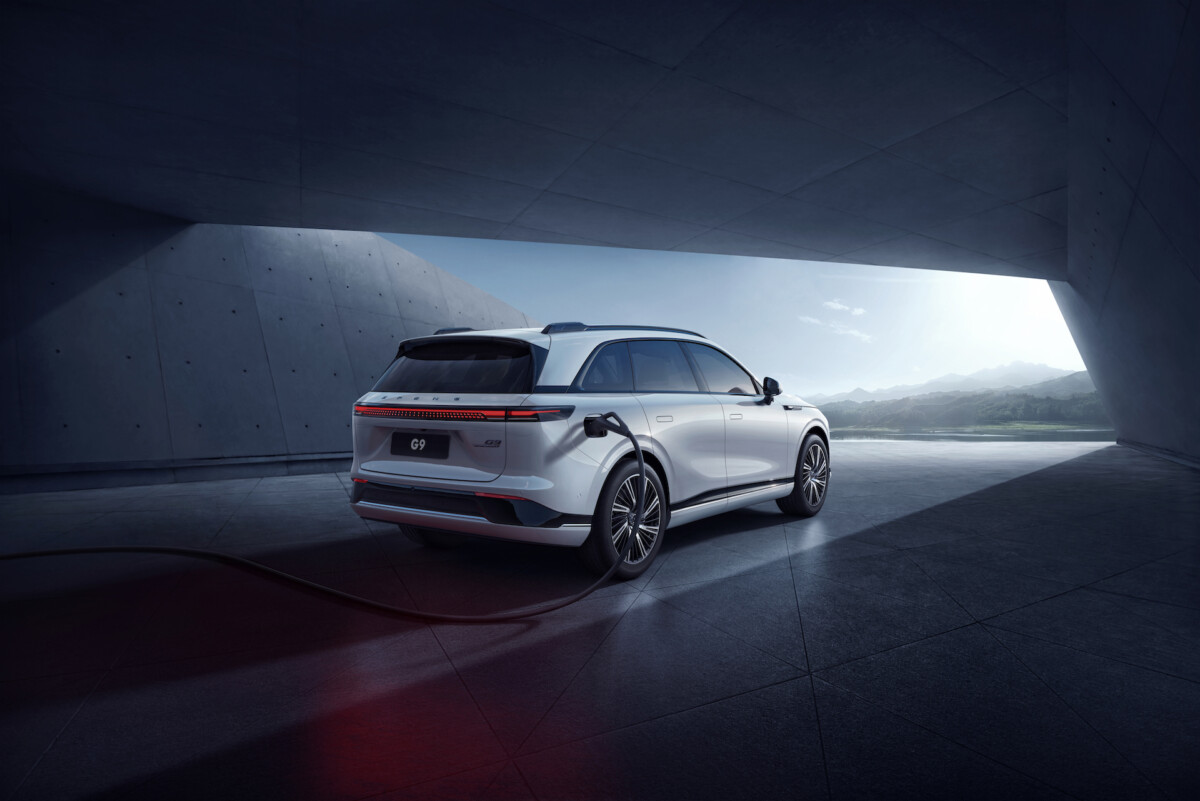It’s no secret that the Volkswagen group is encountering some difficulties in the development of its software part. About two years ago, the group made an about-face by announcing that it was developing this part in China, and today, the German manufacturer and XPeng formalized a partnership at this level.
Remember, when the Volkswagen ID.3 was launched in 2019, criticisms were leveled against it concerning the software part, clearly not up to par and, above all, far from finished. Unfortunately, the problems spread to other models in the group, and it took several months, if not more than a year, for the problems to be resolved.
And when Volkswagen started to see the end of the tunnel with its ID.3, it was for other future models that it blocked. Indeed, a new generation of high-end electric vehicles is being developed under the direction of Audi and Porsche, two member brands of the German group, a new generation inaugurated by the Audi Q6 e-tron and the Porsche Macan. Except that their gestation was not without problems. Their launch was also delayed at the time because of these famous software problems.

Volkswagen is starting to catch up
But in 2022, Volkswagen turned to China to “boost its digital and software offerings“. The German group has thus planned significant investments in China to employ “several thousands» of software engineers and thus try to catch up with its rivals, at least on the Chinese market initially.

And today we have a new iteration since the Chinese manufacturer XPeng and Volkswagen have just announced a partnership concerning electrical/electronic architecture (E/E Architecture) as announced in a press release.
But what is it actually about? This architecture is developed in-house by XPeng and is at the heart of its vertically integrated software and hardware technologies. It allows software, including that which manages ADAS and connectivity OS, to detach itself from the underlying hardware, allowing the car’s electronic functions to operate much more quickly.
Not before 2026, and not in Europe right away
The E/E architecture supports OTA (Over-The-Air) software updates and is also connected to collect ADAS-related driving data into a sort of supercomputer. Data which will then be analyzed and used to perfect the autonomous driving systems of tomorrow.

This architecture will equip the new electric Volkswagens produced in China from 2026. It could also very well arrive in Europe on future electric vehicles from the group’s brands, even if official information does not yet announce it.
Did you know ? Google News lets you choose your media. Don’t miss Frandroid and Numerama.
